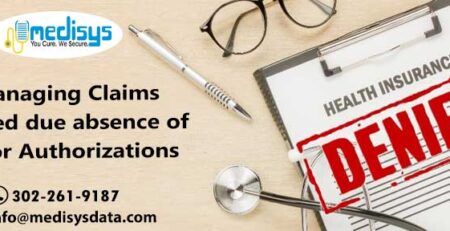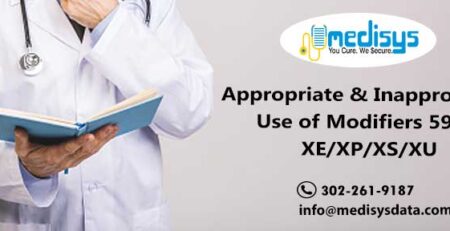Medical billing and coding are the backbone of the healthcare revenue cycle. It ensures payers and patients reimburse providers for services delivered. Medical billing and coding interpret a patient come across into the languages used for claims submission and reimbursement. Billing and coding are separate processes. But both are crucial to receiving payment for healthcare services.
Medical coding
Medical coding involves pull out billable information from the medical record. It also involves clinical documentation, while medical billing uses those codes to create insurance claims and bills for patients. Creating claims is the point where medical billing and coding interconnect to form the backbone of the healthcare revenue cycle. Medical billing and coding process starts with patient registration and ends when the provider receives full payment for all services delivered to patients.
Correct and complete clinical documentation throughout the patient meeting is critical for medical billing and coding. Providers use clinical documentation as a base document to validate reimbursements to payers when a clash with a claim arises. Once a provider discharges a patient from a hospital or the patient leaves the physician’s clinic, a professional medical coder reviews and analyzes clinical documentation to create billing codes related to a diagnosis.
Several types of code sets are used for different purposes during this process, including: ICD-10 diagnosis codes, CPT and HCPCS procedure codes, Charge capture codes, and Professional and facility codes. Clean claim rate increase and coding productivity, Medisys coding services can increase productivity with maximum reimbursement.
Medical billing
Medical billing starts when a patient registers at the office or hospital and schedules an appointment. At check-in or check-out, staff should also collect copayments, when applicable. Provider organizations should collect copayments while a patient is in the office or hospital to confirm timely collection of patient financial responsibility. Part of the front-end medical billing process also includes checking patient financial responsibility.
Medical coders and back-end medical billers use codes and patient information to create a “superbill,” AAPC explains.
The superbill is an itemized form that providers use to create claims. Extracting information from the superbill, either manually or electronically, allows medical billers to prepare claims. Billers are likely to deal with two types of claim forms. Medicare created the CMS-1500 form for non-institutional healthcare facilities to submit claims. The federal program also uses the CMS-1450, or UB-04, form for claims from institutional facilities.
Back-end medical billers transmit claims to payers. Under HIPAA, providers must submit their Medicare Part A and B claims electronically using the ASC X12 standard transmission format, commonly known as HIPAA 5010.
Once a claim submits to the payer, settlement begins. During settlement, the payer will assess a provider’s claim and determine if and how much it will pay the provider. Claims can be accepted, denied, or rejected. Payers send Electronic Remittance Advice (ERA) forms back to the provider organization. This form explains what services were paid, if additional information is needed, and why a claim was denied or rejected.
The final stage of medical billing is patient collections. Medical billers collect patient payments and submit the revenue to accounts receivable (A/R) management. At A/R) management stage payments are tracked and posted.
Medical billing and coding are important healthcare revenue cycle processes. Ensuring that the medical billing and coding cycle run smoothly to ensure providers get paid for services delivered. This ensures that provider organizations remain open to deliver care to patients.
Are you struggling with medical billing and coding? Get in touch with our medical billing manager for more information on our billing and coding services.














